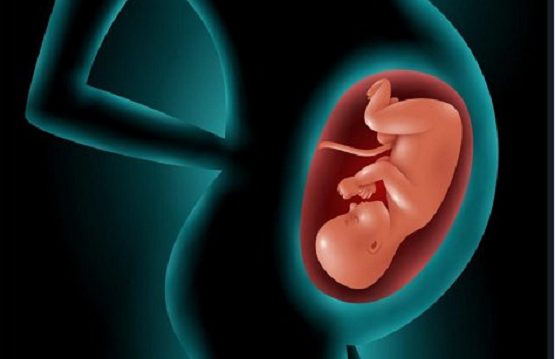Earlier this month, the Guttmacher Institute released a report with new state-level data on pregnancies and desires surrounding pregnancy. In the report, Guttmacher emphasizes that, in almost every state, a plurality of pregnancies occurred either at the desired time or later than desired.
According to the report, unintended pregnancies represented fewer than 50 percent of pregnancies in all states. Between 2012 and 2017, the unintended-pregnancy rate dropped in a majority of states, though the exact magnitude of decline is difficult to determine, because the report does not provide 2012 data on unintended pregnancies for eight states, including populous ones such as Arizona, California, and Florida.
The report contains some data of particular interest to pro-lifers, though Guttmacher downplays it. First, it provides some insight into why conservative states have low abortion rates. Interestingly, overall rates of unintended pregnancy are only slightly lower in right-leaning states than in left-leaning states, but in conservative states, women are much more likely to carry unintended pregnancies to term.
In the 15 states that voted for the Democratic presidential nominee in the past six elections, approximately 45 percent of unintended pregnancies resulted in an abortion. In the 20 states that voted for the Republican presidential nominee in the past six elections, meanwhile, only about 23 percent of women with unintended pregnancies had an abortion. This major difference could be the result of several factors, including pro-life laws, the number of pregnancy-help centers available, or existing pro-life sentiment.
HELP LIFENEWS SAVE BABIES FROM ABORTION! Please help LifeNews.com with a year-end donation!
More important, the report adds to the body of research finding a long-term reduction in the percentage of unintended pregnancies that end in an abortion since the 1980s and 1990s.
In 2017, approximately 44 percent of all unintended pregnancies ended in abortion. Since 2008, the percentage of unintended pregnancies resulting in an abortion has ranged between 40 percent and 44 percent. Meanwhile, according to previous reports from Guttmacher, in the 1980s more than half of unintended pregnancies were aborted, and as recently as 1994, 54 percent of unintended pregnancies resulted in an abortion.
The fact that fewer unintended pregnancies end in abortion today demonstrates that pro-life educational, service, and legislative efforts have been effective in protecting preborn children.
Even though the new report provides state-level data on the resolution of unintended pregnancies, it fails to provide national data. (I used state-level data to calculate the overall percentage of unintended pregnancies that resulted in an abortion.) The report also fails to provide historical data on the resolution of unintended pregnancies; the interested reader must obtain this information from previous Guttmacher reports.
As an institution, Guttmacher favors contraception access, and the group frequently argues that reductions in the U.S. abortion rate are the result of increased contraception use. However, the long-term reduction in the percentage of unintended pregnancies that end in abortion clearly illustrates that pro-life efforts play a large role, too. Overall, it is sad, but not surprising, that Guttmacher would downplay data suggesting that pro-life efforts are essential in America’s long-term abortion-rate decline.
LifeNews Note: Michael J. New is a Research Associate at the Busch School of Business at The Catholic University of America and is an associate scholar at the Charlotte Lozier Institute. Follow him on Twitter @Michael_J_New








